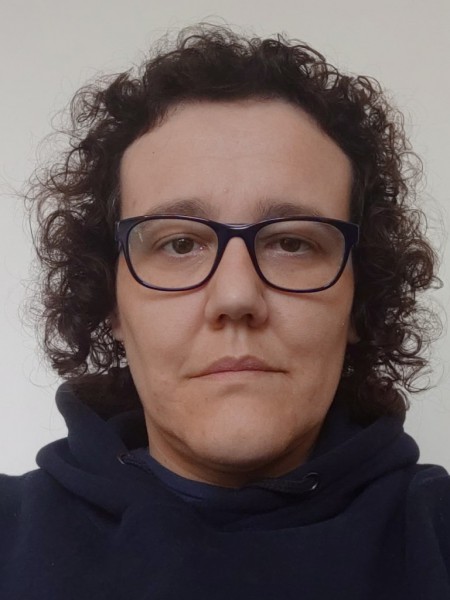resumo
Microplastics are ubiquitous contaminants of freshwater ecosystems. However, few ecotoxicity assays have been conducted on freshwater organisms using environmentally relevant concentrations of virgin and weathered microplastics. This work assessed the adverse effects of virgin and artificially weathered fragments of polystyrene and polypropylene on the microalga Raphidocelis subcapitata (72 h growth inhibition assay) and on embryos of the fish Danio rerio (96 h fish embryo assay) under environmentally relevant concentrations (2000-200,000 MP L-1) and high concentrations (12.5-100 mg L-1). Sizes of microplastics were measured as tens (polystyrene) to hundreds (polypropylene) of micrometers, while aging was assessed by measuring the carbonyl index. In the microalga, the tested high concentrations promoted growth, while environmentally relevant concentration induced either growth inhibition or promotion. In zebrafish embryos, environmentally relevant concentrations decreased body length and heart rates. No relevant effects were observed in organisms exposed to high concentrations for mortality, malformations, hatching rates, and swimming bladder inflation. Virgin microplastics presented slightly higher toxicity but direct comparison was hindered by the lack of a linear dose-response curve. Despite the lack of a clear pattern, adverse effects were often observed in the lowest environmentally relevant concentrations, raising concerns over the impacts of microplastics on freshwater ecosystems. (C) 2021 Elsevier B.V. All rights reserved.
palavras-chave
MARINE-ENVIRONMENT; FRESH-WATER; ZEBRAFISH; TOXICITY; NANOPARTICLES; DEGRADATION; SEDIMENTS; SYSTEM; RIVER
categoria
Environmental Sciences & Ecology
autores
Prata, JC; Venancio, C; Girao, AV; da Costa, JP; Lopes, I; Duarte, AC; Rocha-Santos, T
nossos autores
agradecimentos
This work was funded by Portuguese Science Foundation (FCT) through scholarship PD/BD/135581/2018 under POCH funds, co-financed by the European Social Fund and Portuguese National Funds from MEC. Thanks are due to FCT/MCTES for the financial support to CESAM (UIDP/50017/2020+UIDB/50017/2020) , CFE (UIDB/04004/2020) and CICECO-Aveiro Institute of Materials (UIDB/50011/2020 +UIDP/50011/2020, through national funds. A. V. GirAo acknowledges national funds (OE) , through FCT, I.P., in the scope of the frameworkcontract foreseen in the numbers 4, 5 and 6 of the article 23, of the Decree-Law 57/2016, of August 29, changed by Law 57/2017, of July 19.


